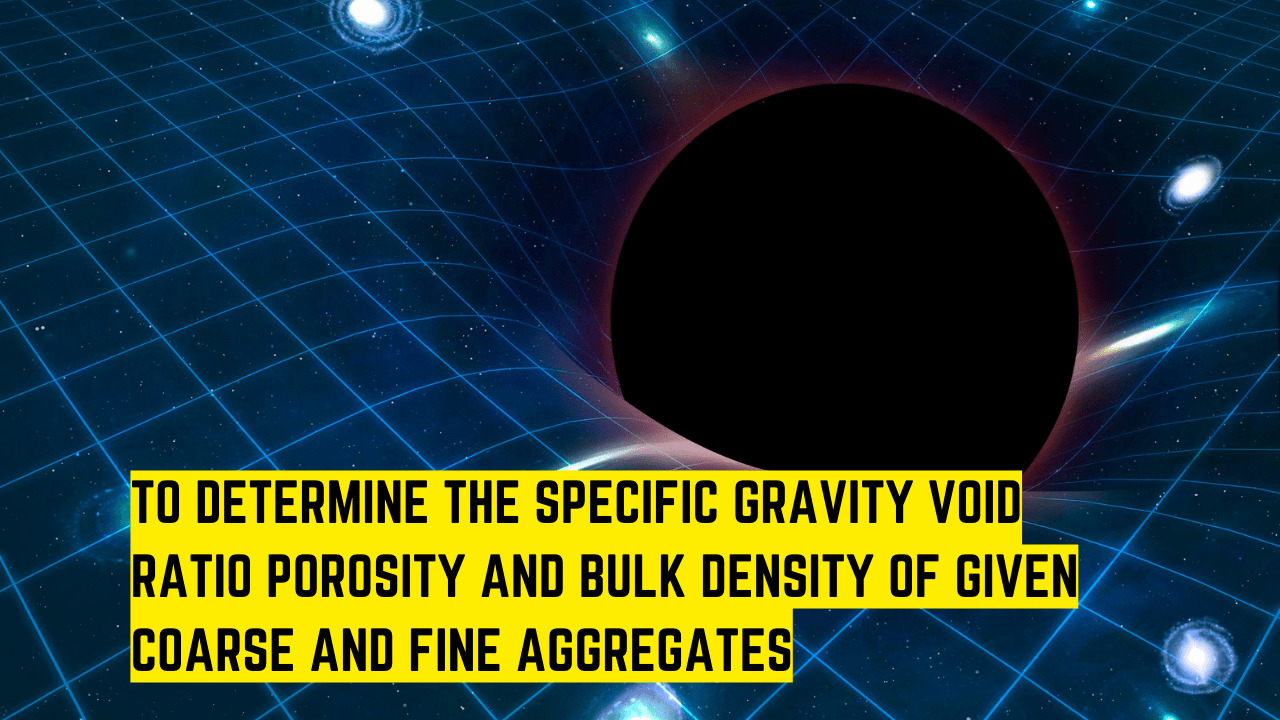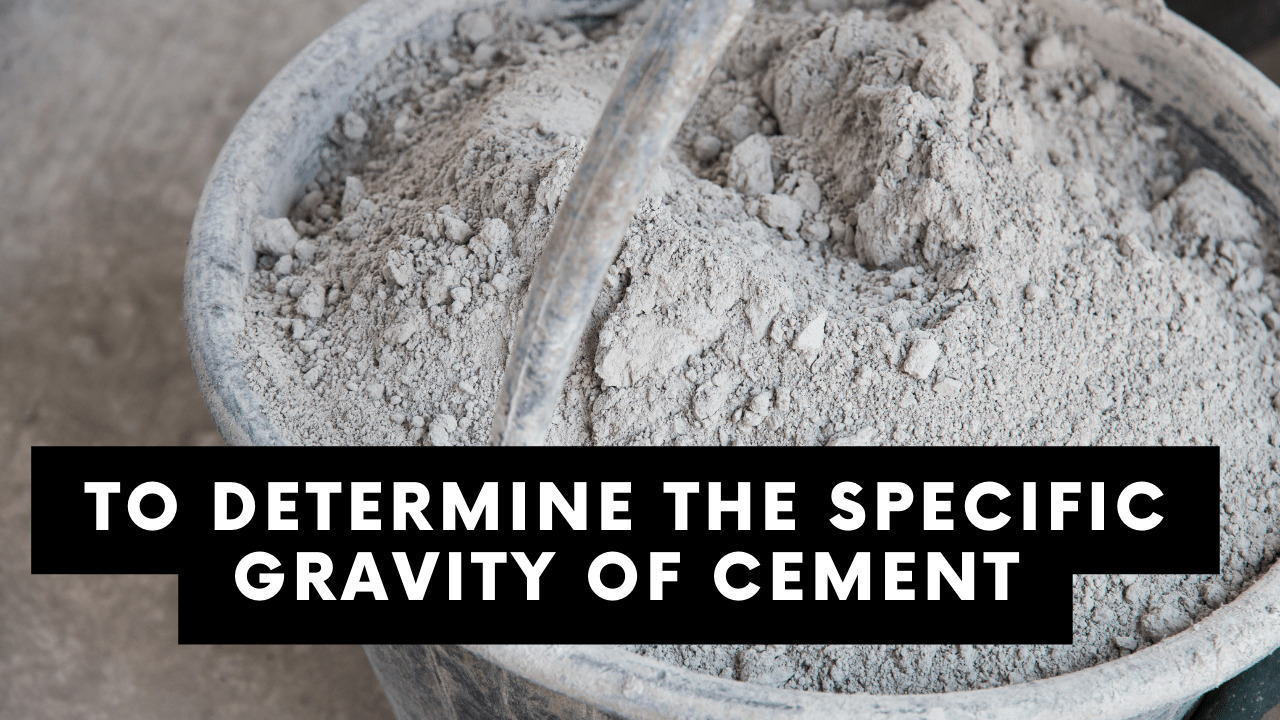Table of Contents
Introduction:
Water is a vital source of life for all the living organisms in the world of all species. It is a combination of right proportion of oxygen and hydrogen in it. This property of hardness may rise due to the inadequacy of the salts dissolved in the water naturally.
The most important part of having anything at its best is its proper defined proportion. This abnormality of composition may result into its adverse effects on use for drinking, cooking, bathing, or any kind of consumption whether its human or marine.
This is the very reason why marine life is highly affected usually because of the variating compositions along with the plant life is highly affected by not meeting the right amount of nutrients. The hardness of water may result into various infections or problems.
Related theory:
The first definition to be listed here is about the hardness of water defined as:
“Hardness of water is that quality which has an increased concentration of salts resulting into the formation of a substantial quantity of soap formation along with a quality of scaling the surroundings of it such as water pipes, geysers, boilers, heaters etc. dealing with the increase of the temperature.”
It has harmful affects resulting while interacted with soap therefore it uses is usually avoided and the soap removal is preferred. This quality is variant depending upon the atmosphere and all other quantities. Their classification can be studied as under.
| Hardness (mg/L) | Degree of hardness |
| 0-75 | Soft |
| 75-100 | Moderately hard |
| 150-100 | Hard |
| >300 | Very hard |
Hardness is defined as the result of the cations formed I.e. polyvalent metallic. The hardness is no doubt majorly the result of increased calcium and magnesium concentration in terms of carbonates usually in mg/L. this is equal to the alkalinity causing it termed as carbonate hardness also when alkalinity is hardness of carbonates representing the major cause of it.
The increased composition of other solids such as nitrate ions or sulphate chlorides turn the water into the state of non-carbonated hardness associated with its components. It is the exclusion of the hardness of carbonate from the total hardness of it.
It is determined in terms of mg/L by two techniques explained as under:
a)Method of Calculations
The hardness of water is determined mathematically through calculations as follows:
The equation concentration of the cations is to be already known being shown in terms of CaCO3 . The following is adopted for its determination:
Hardness = [M2+ * 50]/(Equivalent weight of M2+ ions)
Where,
M2+ is the amount of the divalent ions (mg/L)
b)Method of EDTA titrimetric determinations:
The use of the ethylene diamine tetra-acetic acid and the chelating agents developing the calcium and magnesium ions along with other ions of divalent frequencies causing the water hardness.
Its use is entirely dependent on the indicator showing the EDTA solution being in excess along with the presence of all other ions in the solution. The addition of a small amount of EBT in a hard water results into the combining of the calcium and magnesium ions resulting into the formation of a weak complex ion.
Apparatus:
The following apparatus are included in the test:
- A burette
- A pipette
- A bottle
- An Erlenmeyer flask
- An EBT
- An EDTA (sample of 0.01M)
Procedure:
The following procedure is adopted:
- A 25 mL of sample is adopted and being diluted to 50 mL by using distilled water in the flask (Erlenmeyer).
- A buffer solution is now added usually 1mL is adopted.
- An indicator is now added i.e. 2 drops in the solution which turns it into a wine red color.
- The titration is then carried through EDTA along with the constant mixing until the color is completely transformed from wine red to blue normally at standard conditions.
- The volume is now determined against the complete titration.
Observations:
| Sample #. | Trial #. | Sample Volume (mL) | Burette Reading | EDTA Volume (mL) | |
| Initial | Final | ||||
| 1. | ——– | ——– | ——– | ——– | ——– |
| ——– | ——– | ——– | ——– | ——– | |
| ——– | ——– | ——– | ——– | ——– | |
| 2. | ——– | ——– | ——– | ——– | ——– |
| ——– | ——– | ——– | ——– | ——– | |
| ——– | ——– | ——– | ——– | ——– | |
| 3. | ——– | ——– | ——– | ——– | ——– |
| ——– | ——– | ——– | ——– | ——– | |
| ——– | ——– | ——– | ——– | ——– | |
Calculations:
The following calculation are adopted:
Hardness(mg/L)= (EDTA Volume S 1000)/V
Where,
S is the quantity of CaCO3 equal to 1mL of the titrant adopted.
V is the total volume of the sample.
Hardness(mg/L)= (EDTA Volume 1000)/V
| Sample description | Hardness (total in mg/L) |
| 1. | ——– |
| 2. | ——– |
| 3. | ——– |
The result is determined as an average usually.
Comments:
The comments are made on the samples hardness along with its capacity and the hardness by keeping in account the standards adopted whether it is permanent or temporary.
Precautions:
The following precautions are to be adopted:
- The calibration of the burette is to be read carefully.
- The sample is to be properly diluted against equivalent amounts.
- Titration is to be carried out under proper care.
- The instruments must be cleaned thoroughly.





